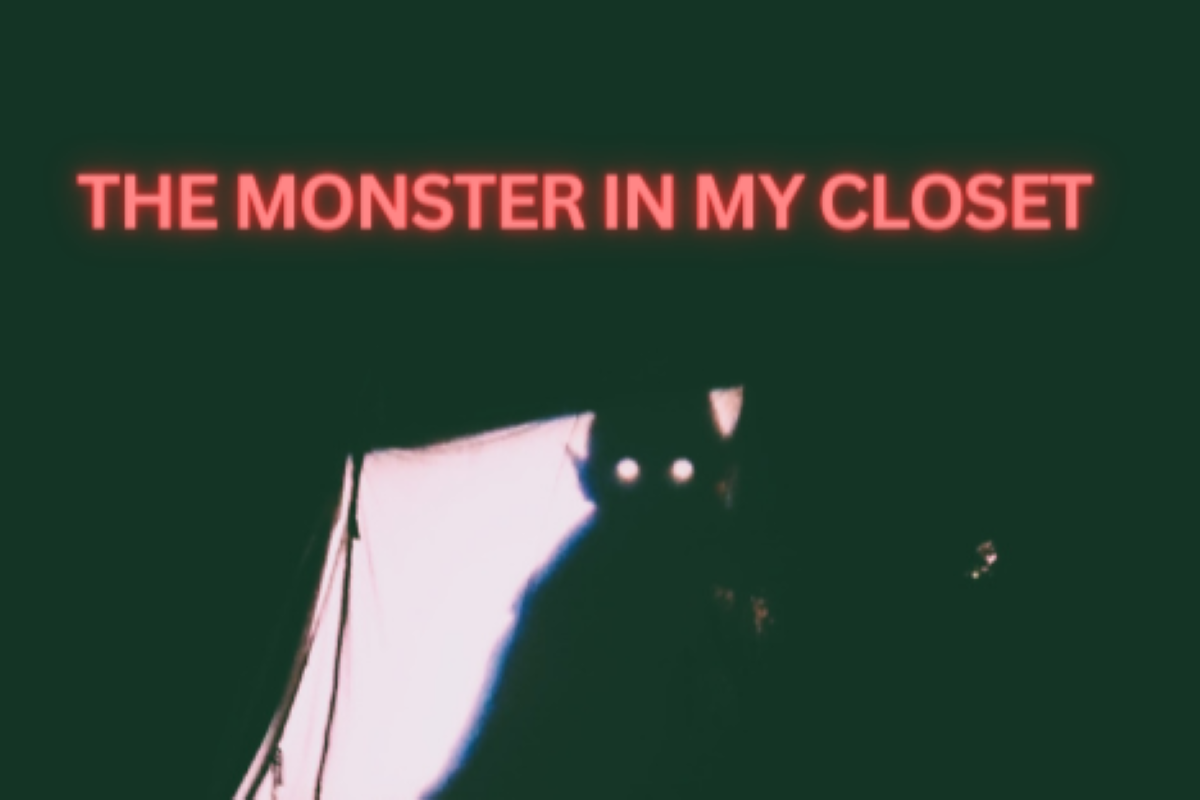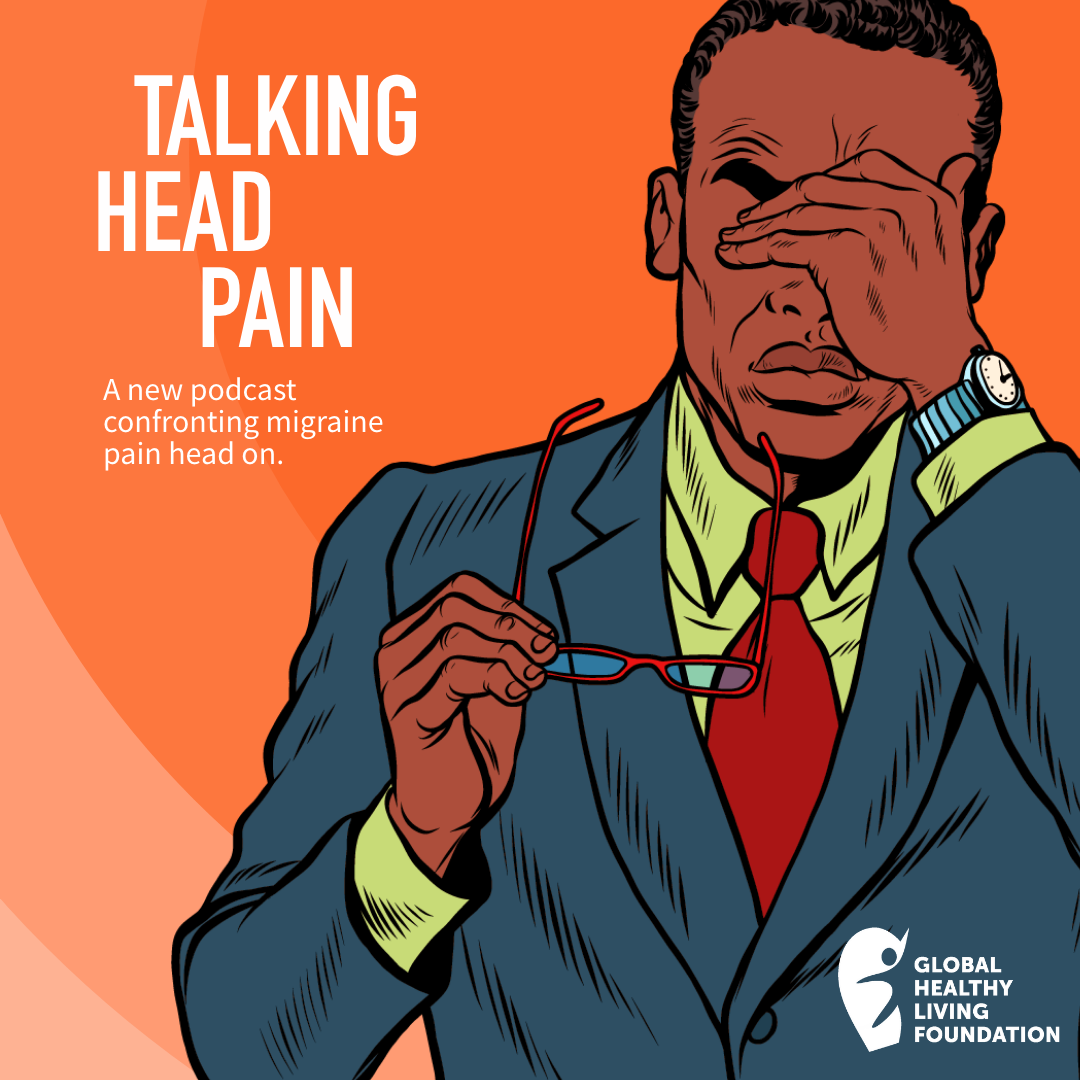

The frost sparkles beneath the moonlight on the rooftops. The cold air oozes in through the seals of the windowpanes. A foghorn moans in the distance as a gray mist slowly rolls in, masking the gnarled skeletons of bare trees in its shadow. It’s an eerie time of year when winter lays its frozen hand upon the earth, a time for creatures of the night to prepare for hibernation — but not all creatures hide from winter.
There’s a long tradition of telling ghost stories over the dark months — not just for All Hallows Eve — and if you have rheumatoid arthritis or another inflammatory arthritis, you are likely haunted all year by monsters in the closet, or those nasty symptoms that come out without warning. In the witching hour, I hear my monster scratching its fingernails up and down the inside of my closet door, just waiting to make an appearance. My monster’s name is fatigue.
Understanding the Monster
We’ve heard about fatigue, but do we really know what it means, and how severely it affects our lives? Fatigue is the monster we never see coming. It arrives without warning, quietly flowing through the cracks before settling into our body. Fatigue is misunderstood.
We all experience being tired, but we don’t all experience fatigue. Fatigue is an invisible force that shrouds your body, making it difficult to function and dragging you down into a fugue state where concentration is almost impossible. It’s debilitating, it disrupts your daily life, and it can linger for days. A simple nap won’t be enough to alleviate it.
Fatigue is a message from our body that lets us know something is wrong. It gives us a clue as to how our immune system is responding either to our disease or to our treatment. It is triggered by many things: pain and inflammation in the body, medication side effects, bad diets, too much sleep and lack of sleep. Fatigue thrives when there is a disturbance in our cortisol levels (our stress hormones), and this disrupts our circadian rhythm.
The trouble is, as with most symptoms of RA, no one can see it. It’s the intangible phantom that comes out of the shadows and bleeds your energy. It’s the stuff nightmares are made of — so what can we do about it? How can we keep the monster in the closet?
Keeping the Monster at Bay
The key is to try not to open that door in the first place. I live an active life filled with deadlines so it’s imperative for me to build an escape hatch into my daily schedule that allows me to take breaks and pace myself.
For some reason, the idea of taking a break makes us feel guilty, because we perceive it as being lazy or lacking in productivity. This is the hole society has dug for us, but we can fill that hole by understanding the productivity we think we are lacking is simply being redirected into restoring our body.
Hydration and Nutrition
I have a bad habit of pushing through until everything is done, and while that helps with completing certain tasks, it leaves me exhausted the next day — I’ve opened the closet door and let the monster out.
I try to stay hydrated throughout the day. Water keeps me alert and it’s an important element to balance the organs and electrolytes in my body. Poor diet and too much alcohol can also bring the monster out of the closet. I have a bad habit of skipping meals when I’m in the middle of a project, but that only contributes to feeding the monster and not myself. I try to consume dark leafy greens, fruit and vegetables with my meals.
A dietician or nutritionist can help you figure out the diet that suits you best. I’m the first to admit I enjoy a good glass of wine and/or cocktail, but in moderation, as too much will dehydrate me and disrupt my sleep patterns, opening the closet door.
Prioritizing Sleep
Regular and consistent sleep plays an important role in reducing or preventing fatigue. Sleep is restorative, allowing time for my body and mind to heal. If I don’t get enough of it, I am more susceptible to developing fatigue.
I use sleep sounds to help me relax at night (a gentle breeze blowing through the leaves or ocean waves lapping onto the shore). Screen time can also disturb my sleep, so I try to refrain from looking at my phone or computer at least an hour before bedtime. I read, take a bath, or do some gentle yoga to send the message to my brain that I’m preparing for sleep.
Weather and Pain
The weather is another factor that contributes to my fatigue. On the west coast of British Columbia, our winters are dark and wet. It’s a damp cold that gets into the bones and makes me cold and achy. Pain can disrupt sleep and feed the monster, so I do my best to eliminate pain either through conventional means (ice, rest, hot baths, warm blankets) or through my disease treatment.
Fatigue feeds off inflammation and pain so part of preventing it is to treat the underlying inflammation that causes it. If you think fatigue is a side effect from medication, have a chat with your medical team to see what can be done to alleviate those effects.
Exercise and Movement
Yes, I know it seems counterproductive to exercise when you’re fatigued, but some light exercise can help clear up the fog and sometimes makes me feel better. It doesn’t have to be an hour or 30 minutes a day — even 10 minutes can be beneficial. If you don’t feel better in 10 minutes, stop, rest, and try again the next day. Remember you have the control to move as much or as little as you like. Listen to your body.
Embracing Self-Care
Fatigue is difficult to cope with so be kind to yourself. Sometimes we can do all the right things and we still can’t prevent fatigue. Sometimes it’s just beyond our control, but if we can lessen the impact, then we have our small victory. RA is a like a ghost, we can’t see it, but we feel its presence in our body.
I’ve just finished three months working on choreography for a musical. I’m feeling a bit weary, but I’m taking a few days to reset and ease back into a regular schedule. I’m wrapped in a warm blanket on my couch, with a hot cuppa, looking out at the evening star. It’s cold, but my joints and warm and comfortable. I’m reading a book, and my brain is slowly winding down, my eyelids gently drooping, readying me for sleep.
The monster in my closet is snoring softly, safely tucked away for another night of winter hibernation — for now.
Stay in Touch with CreakyJoints Canada
Part of the nonprofit Global Healthy Living Foundation, CreakyJoints is a digital community for millions of arthritis patients and caregivers worldwide who seek education, support, advocacy, and patient-centered research. All of our programming and services are always provided free of charge. As we grow CreakyJoints Canada we want to hear from you. Please join our email list to stay connected, learn about new content and initiatives, and send us suggestions and ideas.





